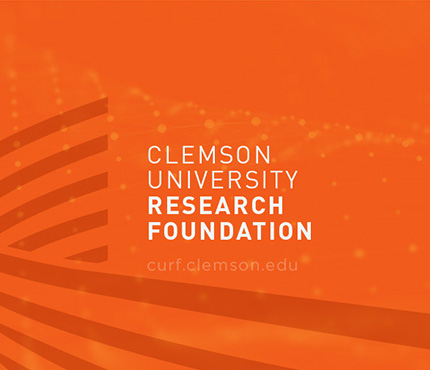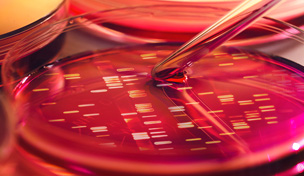Keywords: Cardiovascular, Tissues, Biotechnology, Imaging
Market Overview
Fluorescence recovery after photobleaching (FRAP) is a versatile and widely used technique for measuring molecular diffusion properties within solutions, cells, tissues, biomaterials and the food and pharmaceutical industries. While it is a standard tool in biomedical and environmental research, all existing FRAP systems can only measure 2D diffusion, providing only diffusion measurement in limited directions. The long-standing goal to create a 3D diffusion tensor has not yet been achieved. The global Light Sheet Microscopy market segment was valued at $101.2 million in 2020 at a CAGR of 10.3% and is projected to grow to $181.9 million in 2026. This can be associated with application for a 3D FRAP microscope in the Biomaterials market segment, which was valued at $105.18 billion in 2019 at a CAGR of 14.5%. Clemson University researchers have implemented the first 3D FRAP microscope in the world by innovatively combining the 3D spatial Fourier transform FRAP method with high speed volumetric imaging and high-resolution structural imaging, calling it Light-sheet imaging-based Fourier transform FRAP (LiFT-FRAP).
Dr. Hai Yao
Dr. Tong Ye
2020-022
Applications:
FRAP, 3D Diffusion Tensor, Light-sheet Microscopy
Technical Summary:
This technology incorporates high-speed 3D two-photon scanned light-sheet microscopy with the 3D Fourier transform FRAP method and achieves noninvasive, in-situ measurement of 3D diffusion tensors with diffusivities up to 51 µm2/s. This sensitivity is within the diffusion range of most molecules in biological systems, making FRAP a practical tool for 3D diffusion analysis in broad biomedical applications. A customized control software is written to run the microscope for performing the 3D FRAP experiment; included data analysis package provides a seamless process of acquired images for calculation of 3D diffusion tensors.
Advantages:
• LiFT-FRAP allows for quantification in any direction in a 3D space
• The microscope provides for a much higher volumetric imaging speed than the current available approach for FRAP, therefore LiFT-FRAP can measure a wide range of molecular diffusivities
• This approach avoids the previously necessary tissue sectioning, plus all of the structural integrity problems and material property changes
Technology Overview
State of Development
Prototype
Category
Serial Number
63/052,726
CURF Reference No.
2020-022
Inventors
Dr. Hai Yao, Dr. Tong Ye
For More Info, Contact:
Interested in this technology?
Contact curf@clemson.edu
Please put technology ID in subject line of email.
Contact
Latest News from CURF
Stay up-to-date with the latest trends in the innovation and research industry. Sign up for our newsletter to see how CURF is making a difference and impacting the economy where we live.









